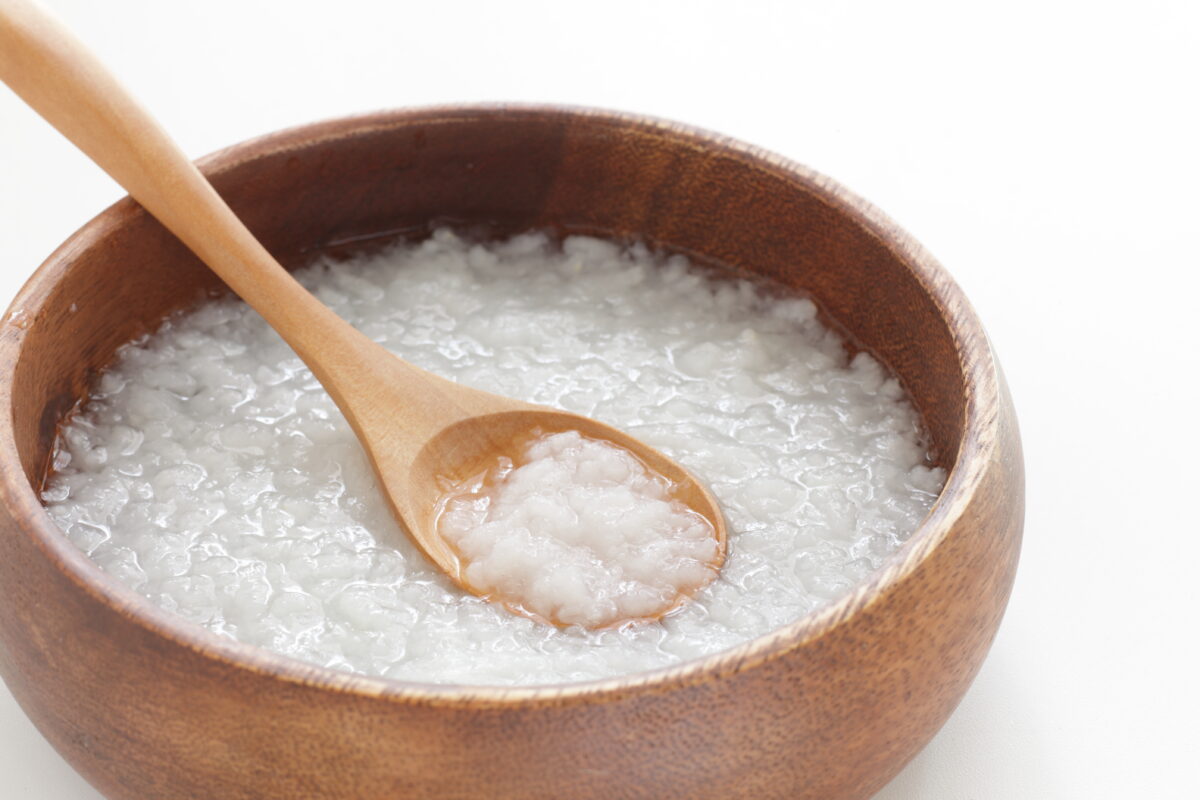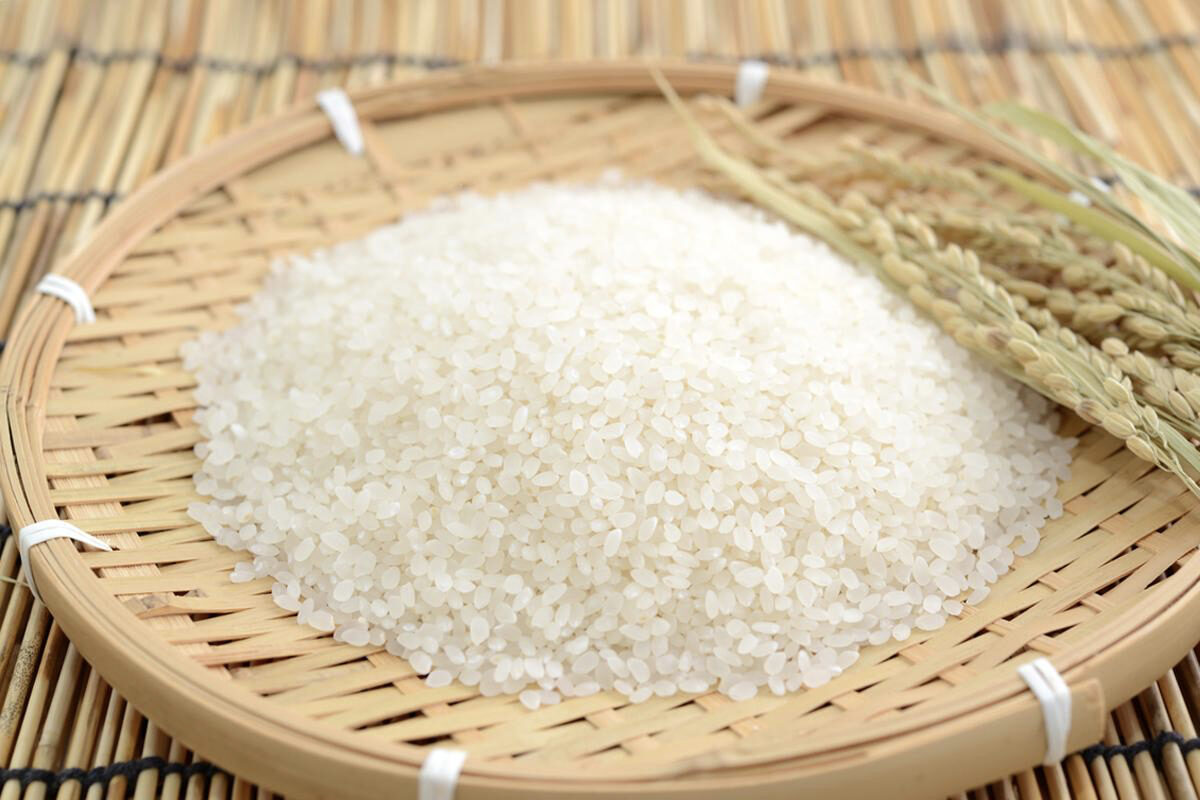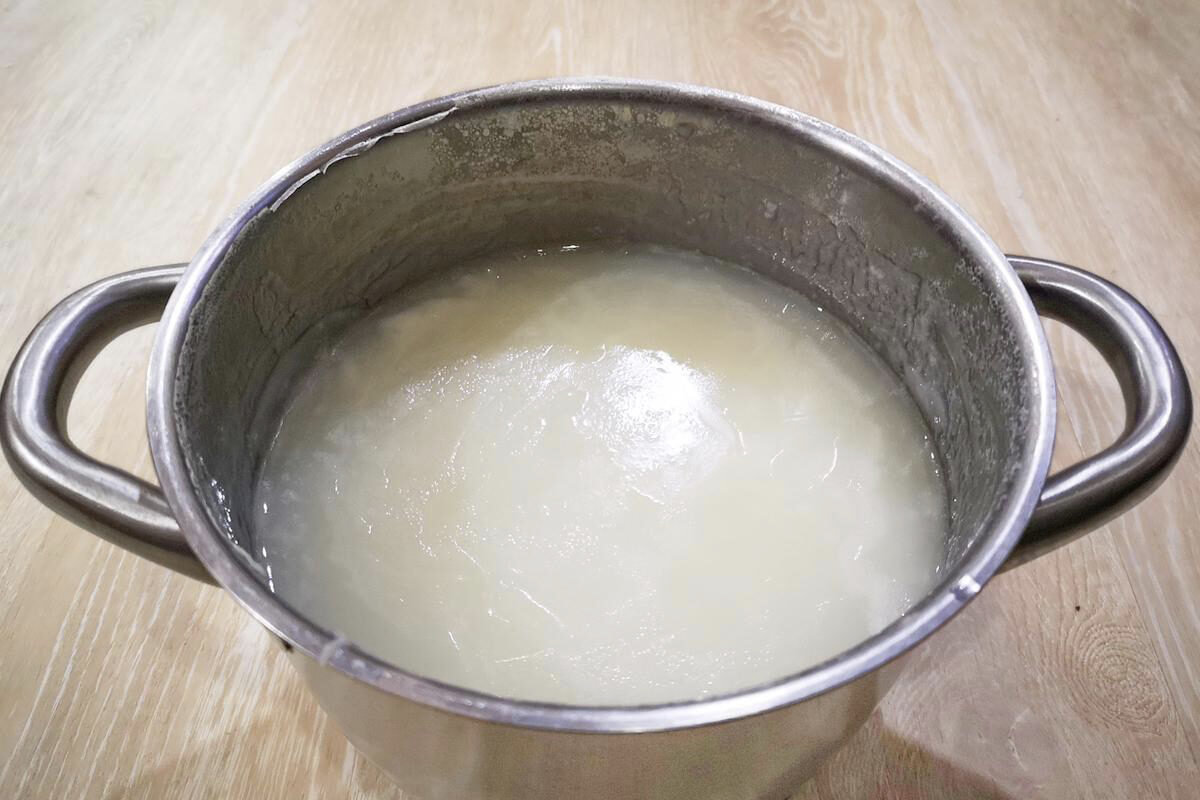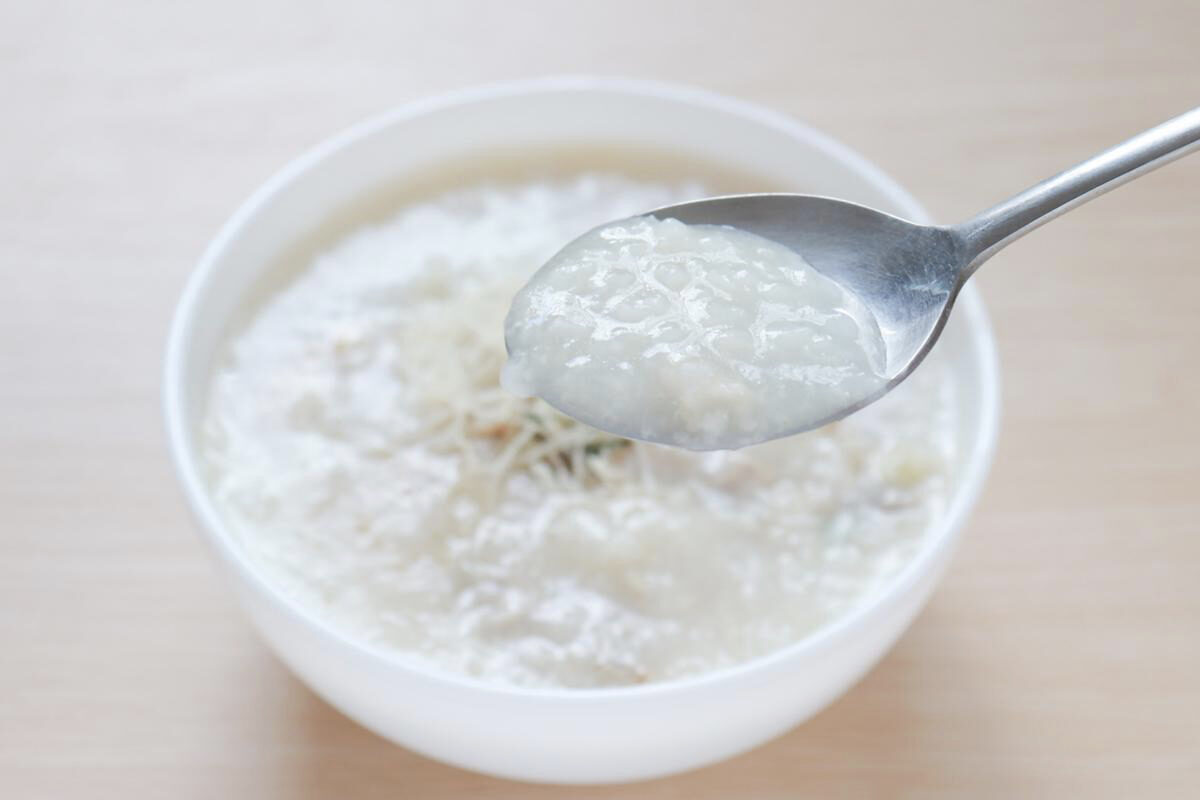


Western medicine currently treats cancer primarily with surgery, chemotherapy, and radiotherapy.
However, from a clinical point of view, many cancer patients who seek traditional Chinese medicine (TCM) treatment have been physically overwhelmed by adverse effects after receiving Western medicine treatment. They turn to TCM with hopes to improve their weakened conditions.
Both TCM and Western medicine have pros and cons in treating cancer. If they were to complement each other by using their respective advantages to treat and care for patients, it would achieve the best comprehensive treatment model.
Traditional Chinese medicine has its own distinct ideas, understanding, and treatment approaches to cancer. Starting with the root cause of cancer, TCM believes that cancer is the result of the advance of “phlegm dampness,” which refers to the dysfunction of the internal organs of the human body, resulting in the abnormal accumulation of body fluid—a pathological product.
The ancients believed that “phlegm travels with the qi (vital energy) and so is ubiquitous,” and “all diseases are caused by phlegm.” What is the root cause of phlegm? According to TCM theory, if the qi is weak, fluids don’t get properly transformed and transported, and “dampness” accumulates. The dampness congeals into phlegm when it sticks around too long. That is to say, the root cause of cancer is the deficiency of vitality inside the body, which produces phlegm, and the accumulation and stagnation of phlegm cause blood stasis and produces toxin.
The intractability of cancerous tumors lies in the imbalance of the internal bio-environment of the body, where the combination of food, phlegm, dampness, stasis, and poison makes it difficult to cure. TCM treatment of tumors aims at the overall adjustment of the body, dispelling various intertwined “evil poisons,” restoring the unbalanced internal bio-environment, and promoting the disappearance or transformation of cancer cells for the body to use.
Traditional Chinese medicine believes that “the spleen is the foundation of postnatal life,” “the internal organs and viscera all have their qi from the stomach,” and “stomach qi abundance brings health, lack of it means death.” When the spleen and stomach are working actively, everything taken in can be fully digested, absorbed, and utilized—then the body can become healthy and the disease repelled resulting in quick recovery.
Therefore, an important starting point for the treatment of all diseases (including cancer) is not to damage the spleen and stomach, otherwise, the disease will not only be difficult to heal but will turn nasty.
Many patients who have undergone surgery, chemotherapy, and/or radiotherapy in Western medicine treatment have a weak spleen and stomach, poor appetite, and fatigue. The main reason is that these treatments cause much exhaustion to the body qi.
According to clinical statistics, 40 percent of cancer patients die from malnutrition. (is there a link to support these statistics?) Therefore, before and after receiving Western medicine treatment, one should take good care of the spleen and stomach, and ensure all the dietary intake is absorbed normally, to overcome cancer.
For people who are frail and unable to eat, dietary adjustment is the most important and basic method advocated by TCM. “Yellow Emperor’s Inner Canon,” the ancient Chinese medicine classic, summarizes the principles of diet and its relationship with health preservation as follows: “The five grains are for nourishment, the five fruits as supplements, the five vegetables are for gap filling, while the five animals are for additional benefit.”
The five grains are rice, millet, beans, wheat, and sorghum. They are the most important staple food because they are the main ingredients to sustain life. People who deviate from the five grains as a staple food for a long time will suffer health problems sooner or later. Therefore, the “Compendium of Materia Medica,” another Chinese medicine classic, says: “Nature gives us the five grains, to make people become nourished. You live when you get them, and you die if you do not get them.”
The “Compendium of Materia Medica” also pointed out that among the five grains, Japonica rice is the best, because it is mild in nature, possesses the harmony provided by heaven and earth, and is considered moderate for almost everybody. Whether the body is healthy or sick, eating Japonica rice can sustain life without any side effects. It can also neutralize the bias of other foods, making it easy for the human body to digest and absorb the nutrients of other foods.
Cooking Japonica rice into porridge can not only nourish the spleen and stomach and invigorate the stomach qi and also has the following four benefits:
- Nourishing yin and promoting body fluid, nourishing internal organs.
- Promoting sweating and detoxification of the body.
- Effect on diuretic, reducing flatulence.
- Helping other medicine click into action.
Wang Shixiong, a medical scientist in the Qing Dynasty, mentioned in “Suixiju Diet Spectrum” that if poor people suffer from deficiency syndrome, they can take the aqueous portion on top of thick rice porridge, which often can work wonders similar to ginseng soup.
Big families often cook porridge in big pots. During cooking, when the top of the rice porridge rolls into bubbles as it boils, and becomes thick and smooth like a paste, this is “rice oil” (congee oil). Skim this layer of rice oil into a bowl, drink it directly, or add a little salt to serve. It can replenish fluid and essence and is very nourishing for the frail and elderly. Whether it is for a patient or a mother who recently gave birth to a newborn baby, porridge is always the best diet for recuperation purposes.
Zhang Mu, an eminent doctor, said that if a patient is extremely frail and suffers from diarrhea after eating for a prolonged period, and does not improve after taking medicine, they should try taking porridge.
The porridge can be prepared by adding rice and water into a clay pot and letting it boil. After the rice is cooked and the porridge oil appears, remove only the cooked rice, and add in fresh rice. When the porridge becomes very thick, take it out and enjoy it. The two rounds of rice oils are now all in the same bowl of porridge, which is good to “restore vitality.”
Some doctors do not let patients take porridge, as a sick person has no vitality in their body. If they cannot eat porridge, and it is difficult to swallow the rice, their stomach will become empty, and the condition will get worse. Because the stomach qi is deficient, the medicine taken cannot reach the affected part of the body through the stomach qi and provide its therapeutic effect.
There are specific traditional ways and techniques to make rice porridge that is truly healthy. The secret to making porridge is clearly stated in Yuan Mei’s “Suiyuan Food List” in the Qing Dynasty: “If you see water but do not see the rice, it is no[t] porridge; if you see the rice but not the water, it is no[t] porridge either. You must make the water and rice mix well, soft and greasy, and that is genuine porridge.” We often say “molten” porridge, which means “boiling the rice until it crumbles and turns gradually into a molten form.”
When making porridge, it is advisable to use Japonica rice. Watery and thick porridge have different effects—thick porridge has a strong tonic effect, and is advisable for people with severe spleen and stomach deficiency. For those who are flatulent in the abdomen, have trouble urinating, and are frail and unable to sweat, it is advisable to take the more watery type.
Zhang Mu also emphasized that when taking porridge, remember to take it while hot, never cold, which can cause choking, so please be aware.
When making porridge, it is best to add enough water at the beginning, master the correct ratio of water and rice, and do not add water during the cooking process, otherwise, the porridge will become thinner and reduce the consistency and rich flavor. Under normal circumstances, the ratio of water to rice for thick porridge is 15:1 (for example, 1 bowl of Japonica rice, plus 15 bowls of water), and the ratio of water to rice for watery porridge is 20:1. If the cooking time is longer (such as 2 hours), the ratio of water to rice for thick porridge is 20:1, and that for watery porridge is 30:1.
It is always recommended to use casserole pots to cook porridge, because they can keep the heat longer and heat the rice grains continuously and more evenly, to keep the porridge fragrant and sticky. It is best if the cooking time can be up to 2 hours so that the rice grains can be completely melted and become more of a paste.
Eating porridge is the simplest and most effective way to improve the body’s stomach qi. Only after the body’s stomach qi recovers can it effectively absorb and utilize other dietary intakes.
Rice porridge is the very foundation for self-health maintenance. Another simple remedy to nourish the qi of the spleen and stomach is “Sishen (four herbs) Decoction,” which consists of yam, Gorgon fruit, lotus seeds, and Poria cocos. These four herbs have mild medicinal properties and are very effective in regulating the spleen and nourishing the stomach. For patients who are physically frail after cancer treatment, astragalus can be added to replenish qi to enhance the body’s ability to recover.



